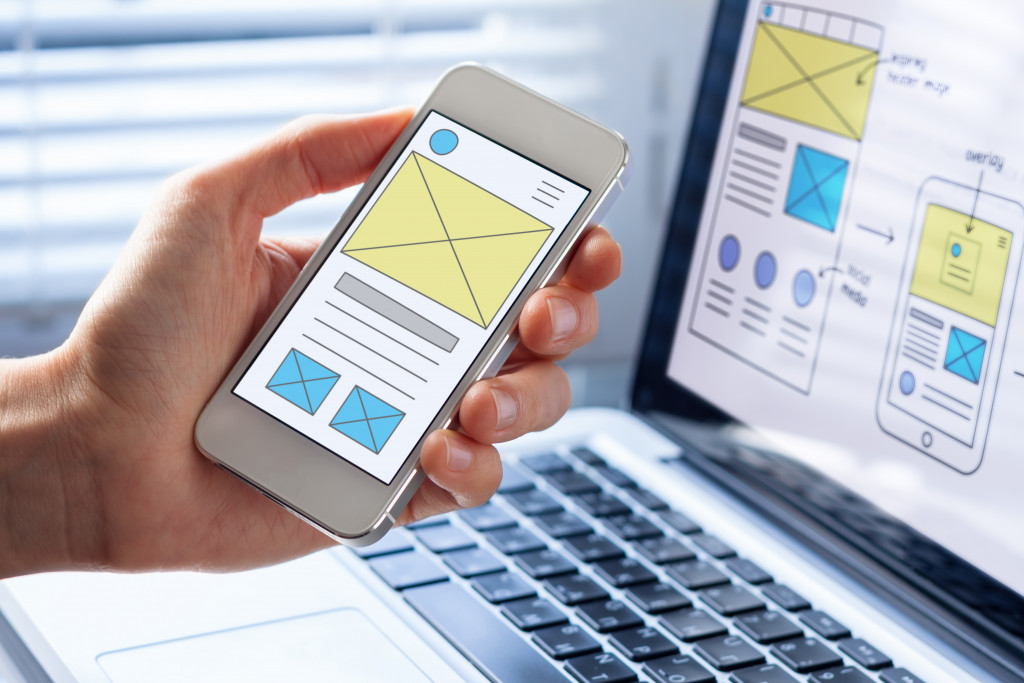At the forefront of user experience (UX) design is the user. Constantly, businesses ask, “What are their problems or needs?” “How do we align our products and services to their challenges?”
To answer these questions, UX designers meet regularly for events called sprints.
What Is a UX Design Sprint?
What is a sprint? It is a group of activities focused on answering critical questions about the user and their needs. Here, marketers learn from their mistakes and document what they’ve discovered to inform future design decisions.
In particular, a sprint is a five-day process that helps improve a product by testing its viability early and often. More specifically, it is a series of exercises or events that form the entire framework for the process.
A typical sprint involves these stages:
1. Understanding of the Challenge
A team sets out to resolve a problem by defining it clearly. The problem can be about users, design, or process. It might be product-related (e.g., should we build an online payment system?) or more general (e.g., should the organization create products at all?).
At this phase, UX research plays a central role. The UX researcher helps the team find an opportunity to solve a problem by defining it better. The team also defines its goal, working under one question that requires definitive answers.
When necessary, the organization hires a marketing and advertising agency specializing in UX to conduct the research or help the team make sense of the gathered data. The company may also invite external experts even from other industries.
Because sprints are quick, teams need to invite or hire expert services as early as possible to ensure they are available during the activity.
2. Ideation
Once the team obtains a deeper understanding of the user’s needs, they can proceed with the ideation. At this stage, the group comes up with possible solutions and selects the best ones.
UX designers work together to generate ideas, often using whiteboards, sticky notes, or digital brainstorming apps. By comparing options and assessing them against the problem (defined earlier), the team narrows down to one or two options.

3. Decision Making
The team discusses the options and decides on the best to move forward. At this stage, UX designers have several choices. The first is to create interactive prototypes they can test with real users to validate or invalidate their assumptions.
At the same time, they may also work on visual design elements for these prototypes by adding colors, typography, images, and other visual elements to enhance their effectiveness.
4. Prototyping
Prototyping is an effective way to understand how users interact with the product. Based on the types of prototypes, teams can create prototype low-fidelity wireframes, mid-fidelity clickable prototypes, or high-fidelity visual designs.
- Low-fidelity Prototypes – The most basic level is a hand sketch that shows interaction elements along with their labels. However, UX designers must remember that this does not deliver the experience users will have with the product. It is created using simple lines or shapes that do not represent design elements in their true form.
- Mid-Fidelity Prototypes – At this level, UX designers create clickable prototypes. The prototype essentially shows all the design elements while some of the interaction is enabled. For example, screens may include scrolling features and buttons that load separate pages to demonstrate navigability.
- High-Fidelity Prototypes (Visual Designs) – These are digital mockups that look like the final product but do not function as prototypes. UX designers can use high-fidelity prototypes to obtain client sign-off or present them as a design option during the decision-making stage.
5. Testing and Refinement
Once a team has developed a final solution, it is time to test it with users. UX designers gather data about how real people respond to their designs for further improvement.
There are three methods that UX designers use to test new products:
- Usability Testing – This is a process where UX designers and developers invite users to test their products. They observe and record how people interact with the application to identify pain points. The results help them improve their design solutions or develop new ones. While usability testing involves actual users, user interviews are based on discussions with potential users or customers about their problems.
- Field Visits – Another testing method is field visits, where UX designers interview people in the environment where they use the product to get insights into how it will be used. They may visit a call center to observe how customer service representatives handle calls while monitoring screens to see how they use the product.
- User Interviews – User interviews enable UX designers to understand their users before creating products or services to solve their problems and meet their needs. They conduct one-on-one interviews with potential users, asking about their experiences and how they solve everyday problems.
Sprints don’t happen all the time, but they remain an effective way to address challenges and create solutions for users as soon as possible.

